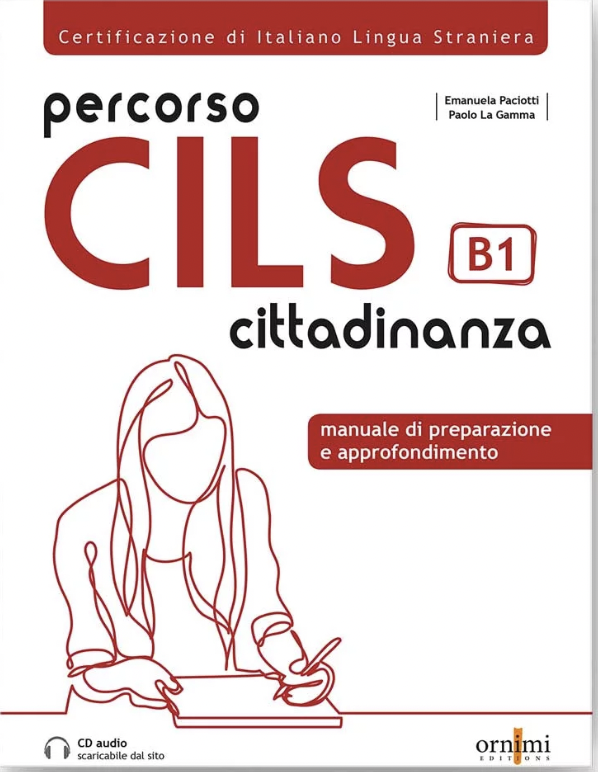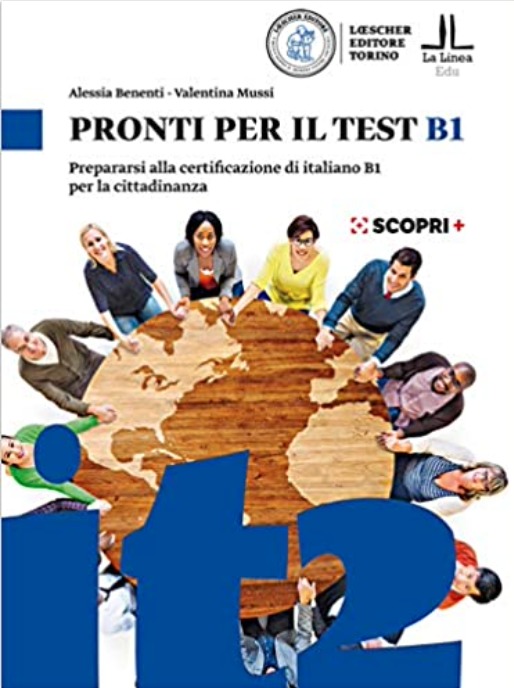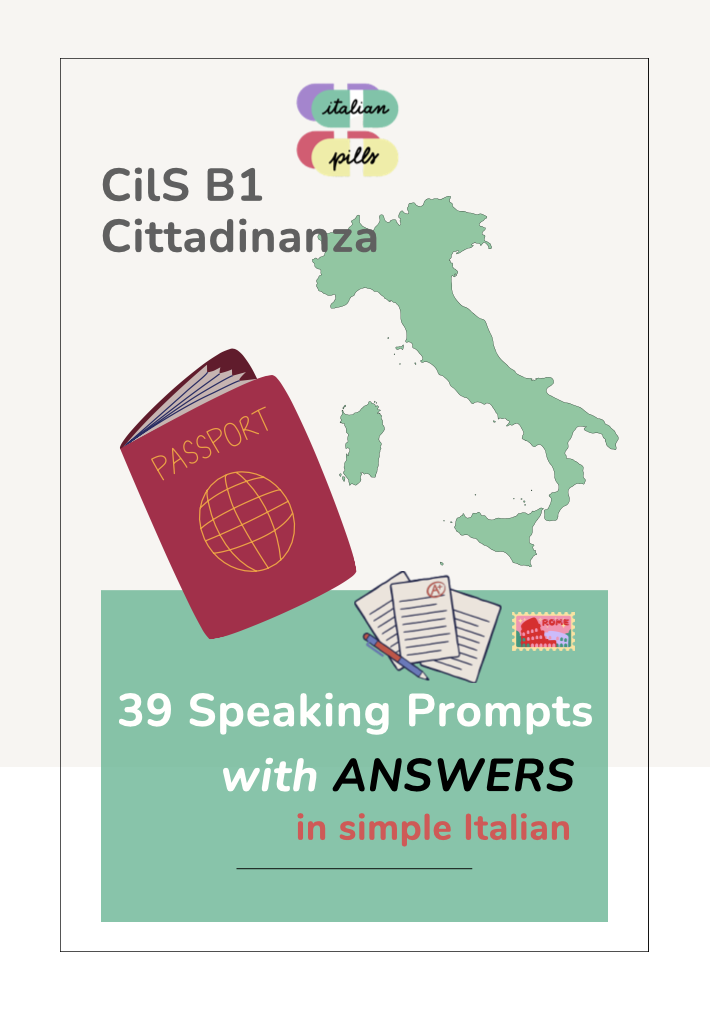CILS B1 Citizenship (Cils B1 Cittadinanza): The exam components and grammar topics
The CILS Uno B1 for Citizenship is a test that all those who wish to apply for Italian citizenship through marriage or residence ought to pass.
In this post, you will thoroughly learn about
- The exam components of the Cils Citizenship exam (B1, intermediate level).
- The intermediate grammar topics that you should familiar with to pass the exam.
The components of the CILS Citizenship Exam
Listening comprehension
| Task | Listening Comprehension (prova 1) | Listening Comprehension (prova 2) |
|---|---|---|
| Number of Audio Files | Three short audio files | Three short audio files |
| Duration | 30 minutes | 30 minutes |
| Audio Content | Three texts read by native speakers | One text for prova 1 and two short texts for prova 2 |
| Questionnaire | Multiple-choice questionnaire | Multiple-choice questionnaire |
| Playback Frequency | Each audio file is played twice | Each audio file is played twice |
| Example Prompt | Ascolta i testi, poi leggi le informazioni. Scegli le informazioni presenti nei testi. |
Reading Comprehension and Grammar
| Task | Reading Comprehension (prova 1) | Syntax (prova 2) |
|---|---|---|
| Part 1 Description | Read one short text (350–450 words) | Fill in the gaps in a text |
| Text Presentation | Presented as an email, article, blog post, or list of items on general topics tailored to the intermediate level | Provided with a text |
| Exercise | Choose which pieces of information are presented in the text and which ones are not | Fill in the gaps with provided options (three options for each gap) |
| Duration | 40 minutes | 40 minutes |
Writing Production
| Task | Reading Comprehension (prova 1) | Syntax (prova 2) |
|---|---|---|
| Part 1 Description | Read one short text (350–450 words) | Fill in the gaps in a text |
| Text Presentation | Presented as an email, article, blog post, or list of items on general topics tailored to the intermediate level | Provided with a text |
| Exercise | Choose which pieces of information are presented in the text and which ones are not | Fill in the gaps with provided options (three options for each gap) |
| Duration | 40 minutes | 40 minutes |
Speaking part
| Task | Speaking Part (CILS cittadinanza) |
|---|---|
| Part 1 Description | Brief presentation of yourself |
| Part 2 Description | Conversation with the examiner |
| Topics for Part 2 | Choose one from four different topics presented in a list |
| Expected Actions in Part 2 | Express opinions, show agreement or disagreement, comment on the examiner’s questions and observations |
| Duration | About 4–6 minutes |
| Recording | Your presentation will be recorded |
Examples of speaking prompts:
- Nel tuo tempo libero ti piace leggere un libro o navigare in internet? Perché (Do you like reading a book or surfing the internet in your free time? Why?)
- Ti piace la città dove vivi? Che cosa vorresti fare per migliorare la vita nella città dove vivi? Do you like the city where you live? What would you like to do to improve life in the city where you live?
You can find more speaking prompts to prepare for your oral exam here:
The entire exam will last 2.05 hours, with a 15-minute break in between the reading comprehension and writing production sections.
Grammar topics for the CILS Citizenship (B1 level)
- Definite articles
- Indefinite articles
- Comparative and superlative adjectives
- Direct object pronouns
- Indirect object pronouns
- Possessive pronouns
- Indefinite pronouns: ogni, nessuno, qualche, ciascuno
- Simple and articulated prepositions
- The irregular verbs venire, dare, fare, stare, venire, bere, dire, sapere.
- Modal verbs
- Reflexive verbs
- The reflexive function of modal verbs
- The present tense
- The passato prossimo
- The imperfetto
- The imperative form
- Present conditional
- Adverbs of time, quantity, place
Are you looking for more information on how to ace the CILS B1 Citizenship test?
Take a look here:
- How to study for the CILS Citizenship Exam: tips & tricks
- CILS for Citizenship: A List of Prompts for the Oral Production Part
How long do you need to wait to get the results of the exam?
Your exam will be recorded and sent to the Università per Stranieri di Siena inItaly. The university will need a minimum of 90 days to correct your exam. You should expect your results to come back at any time within 90 days of your test. And another 40-60 days to get the certificate.
After passing the exam and receiving your certificate, you can submit it to your local Italian consulate or embassy to get your Italian citizenship.
Helpful textbook for your CILS B1 exam preparation
My favorite textbooks for preparing my students to the B1 citizenship level (providing they have already reached an intermediate level of the language).
the dates for the CILS B1 Cittadinanza exams in 2024 are:
- February 15, 2024
- Registration Deadline: January 10, 2024
- April 11, 2024
- Registration Deadline: March 05, 2024
- June 05, 2024
- Registration Deadline: April 19, 2024
- July 18, 2024
- Registration Deadline: June 12, 2024
- October 17, 2024
- Registration Deadline: September 12, 2024
- December 05, 2024
- Registration Deadline: October 16, 2024
Exam Centers










